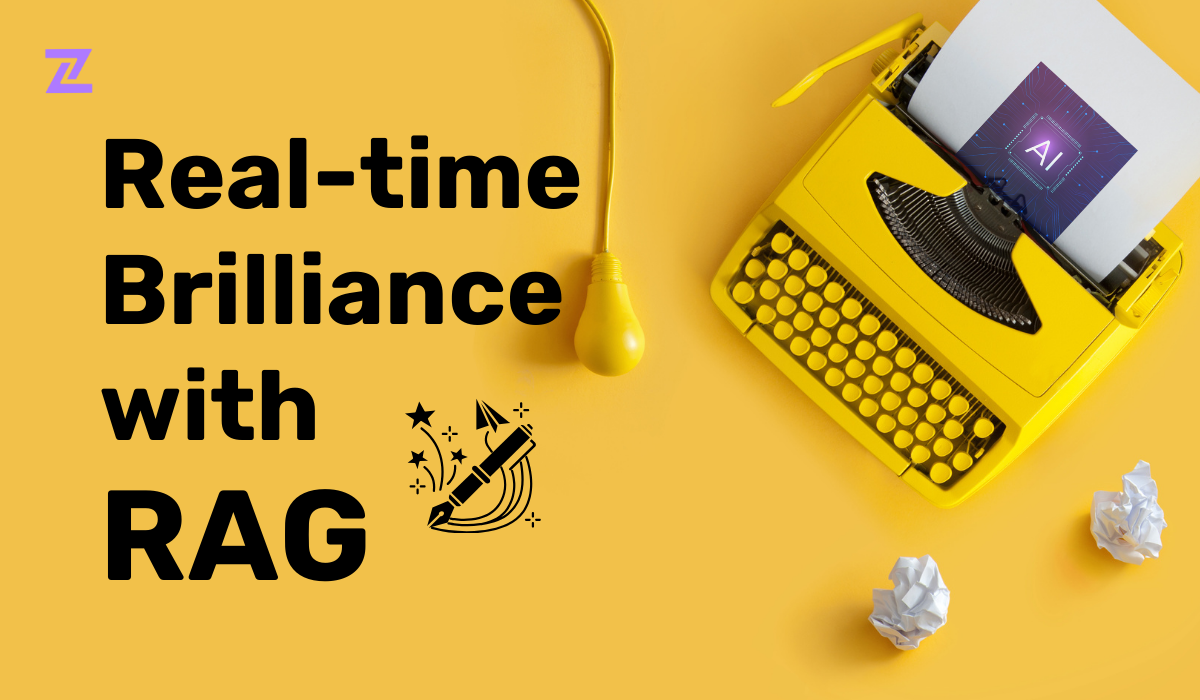
Step into the limelight of technological marvel – Retrieval Augmented Generation (RAG). This groundbreaking methodology seamlessly integrates language generation models with intelligent information retrieval, ushering in a new era for content creation. This revolutionary approach combines the strengths of language generation models with intelligent information retrieval, opening up new frontiers in content creation, customization, and efficiency. In our exploration, we embark on a journey through the nuanced world of Retrieval Augmented Generation, exploring its applications, benefits, and the transformative impact it has on content creation.
Retrieval Augmented Generation (RAG) is a cutting-edge approach that combines state-of-the-art language generation models with real-time information retrieval. In contrast to conventional content generation methods, which hinge on existing data or user inputs, RAG actively pulls pertinent information from various sources as it creates content. This synergistic fusion of generation and retrieval empowers the model to produce contextually rich, up-to-date, and highly relevant content. RAG lets us improve the results of a Language Model (LLM) by adding specific information without changing the core model itself. This pinpointed data can be more current than what the LLM provides and is customized to fit the needs of a specific organization or industry.
Through RAG, diverse external data sources, including document repositories, databases, and APIs, can enrich your prompts. The initial phase involves transforming your documents and user queries into a standardized format for effective relevancy search. Achieving compatibility necessitates the conversion of both a document collection (or knowledge library) and user queries into numerical representations, accomplished through embedding language models. Embedding is the method of assigning numerical values to text within a vector space.
RAG model architectures evaluate the embeddings of user queries against the knowledge library's vector. The original user prompt undergoes augmentation with context gleaned from analogous documents within the knowledge library. This enhanced prompt is subsequently transmitted to the foundational model. Asynchronously, you have the flexibility to update knowledge libraries and their corresponding embeddings, ensuring a continuous refinement process.
Retrieval Augmented Generation is ushering in a new era of content creation, where the synergy of language generation and real-time information retrieval is redefining the possibilities. While Retrieval Augmented Generation offers groundbreaking capabilities, it is not without challenges. Concerns related to data privacy, the potential for biased information retrieval, and the need for robust filtering mechanisms are areas that require careful attention. From marketing to education, journalism to legal writing, the applications of RAG are far-reaching and transformative. The ongoing research and development in natural language processing and information retrieval will likely lead to even more refined and powerful iterations of this transformative technology. As the technology continues to evolve, addressing these challenges will be crucial to ensuring responsible and ethical use. The future of Retrieval Augmented Generation is undeniably promising. As models become more sophisticated and training data more diverse, we can expect RAG to play an increasingly significant role in content creation across various sectors.
As we navigate this dynamic landscape, one thing is clear – the marriage of intelligent content generation with real-time information retrieval is not just a technological advancement but a paradigm shift that is reshaping the future of content creation.